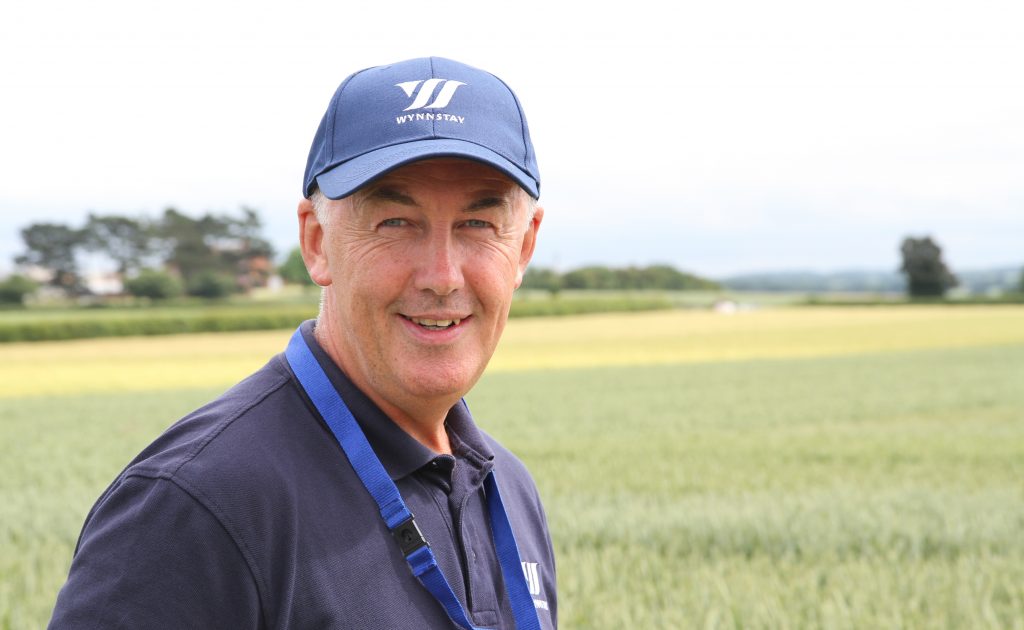Don’t become complacent with take-all control
26th June 2017
Take-all is endemic to British soils, posing a major risk to farmers growing second and subsequent wheats, equating to yield losses of up to 4t/ha.
Take-all is endemic to British soils, posing a major risk to farmers growing second and subsequent wheats, equating to yield losses of up to 4t/ha.
Richard Torr, Wynnstay Seed Sales Manager, warns that the threat from take-all is still very real, and growers must not become complacent when it comes to protection.
“As a result of improved husbandry, we are not seeing the devastating effects of take-all as often in second wheats these days, but it’s still worth investing in a seed treatment to ensure crops are protected. Latitude for example, offers a cost-effective option for growers this season, and has been a major factor in raising second wheat yields close to those of first wheats.”

Richard Torr.
Trials have demonstrated the average yield response achieved when Latitude is used, is greater than the yield response needed to cover the initial cost of the seed treatment. Proving it to be a valuable return on investment.
For example, in a medium risk situation at a seed rate of 125 kg/ha the yield needed to cover the cost of Latitude is 0.18 t/ha, based on a feed wheat price of £136/t. However, the average yield response from Latitude is 0.55 t/ha, meaning the initial cost can be recovered from the potential yield gain.
Mr Torr explains that growers have become very skilful at controlling take-all and are using a combination of factors including late drilling and the use of an effective seed treatment, to keep on top of the soil borne disease.
“Unfortunately, we will never eradicate take-all and the fungus will always be present in soils, but by being proactive and not becoming complacent, it’s possible to manage the effects of take-all to protect yields and profits,” he concludes.
